Note that Natural Resources Kangaroo Island have also published an illustrated leaflet on native fungi of Kangaroo Island, explaining 18 common fungi of the island (670 kb PDF).
Part 2. Truffles and truffle-like fungi
In 2017, the main foci of the annual survey of fungi on Kangaroo Island (22-29 June 2017) were not only on continuing with making lists of fungi at the different sites visited, but also on disc fungi, truffles and truffle-like fungi (2.6mb PDF) on collecting data for a project on the evolution of truffles.

The truffle-like Stephanospora (top) and an unknown species from the Cortinariales. Photo: D. Catcheside.
Truffle expert Teresa Lebel (National Herbarium of Victoria) made over fifty collections of truffles, some of which are very likely to be new species. These included three distinct species in the undescribed truffle-like genus “Amylotrama”. One was brightly coloured chrome yellow with red and blue staining, the other two were rather nondescript.
Amongst other interesting finds was a new species of the truffle-like genus Stephanospora and a strange little translucent pearlescent parachute-shaped fruit-body with dark chocolate spore bearing tissue. This last taxon was collected during last year’s survey on Kangaroo Island and preliminary DNA work on this collection gave a hint that it fitted in the Cortinariales. This is a very large order, and further work is needed to narrow down likely affinities.
A new species of truffle-like Amanita (previously known as Torrendia) was close to a species known from Western Australia, Amanita grandis, but does not conform completely to this taxon. It is a very fragile little white fungus, whose fruit-bodies were buried up to 3-4 cm and were very difficult to dig out of the ground intact as the volva and veils were stuck to the encasing soil and broke off easily.
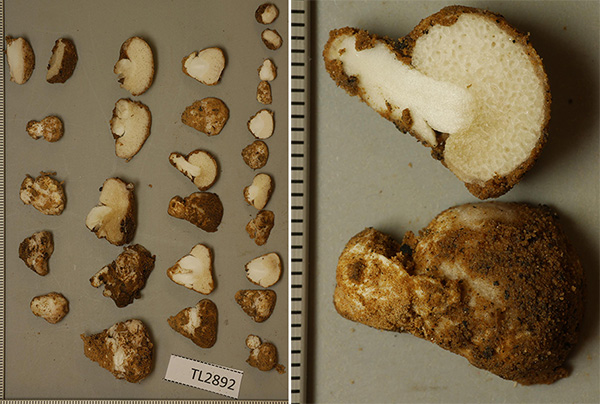
A species of Amantia, possibly related to A. grandis. Photo: D Catcheside.
Four further collections were made for a project investigating the molecular basis of how truffle-like fungi, which fruit underground, have evolved from mushroom-like fungi. In Australia alone, this has happened at least 58 times in different genera over the past few million years.
The truffle-like habit reduces desiccation of fruit bodies and thus increases spore survival in arid conditions. Most such fungi are in a tripartite symbiotic association. They provide trees with water and minerals and small mammals, that find them by smell, with food. In turn the trees supply them with sugars and the small mammals disperse their spores. The genomes of twelve pairs of related fungi, one a truffle the other a mushroom, will be sequenced and the genes active during development of the fruiting body identified. The project is supported by the US Department of Energy through the Joint Genome Institute and is conducted by an international team of mycologists led by David Catcheside (Flinders University).
Part 1 of this blog article can be accessed here.
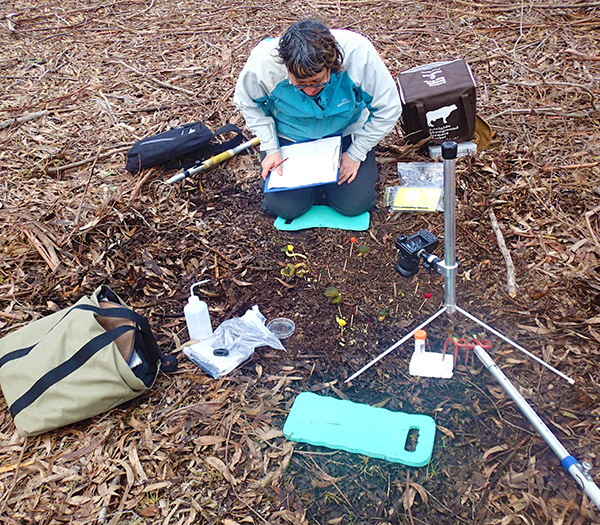
Mycologist Teresa Lebel collecting data and specimens for the “truffle project”. Photo D. Catcheside
Contributed by State Herbarium Hon. Associate Pam Catcheside.


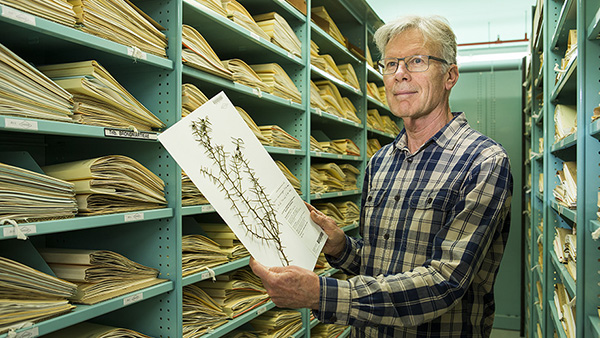
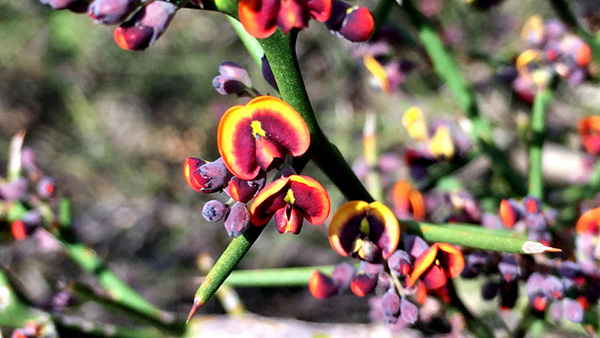
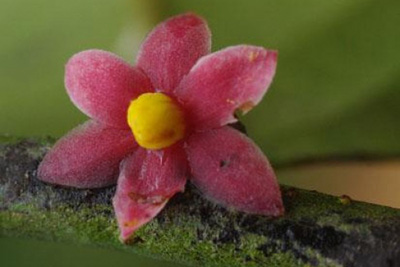
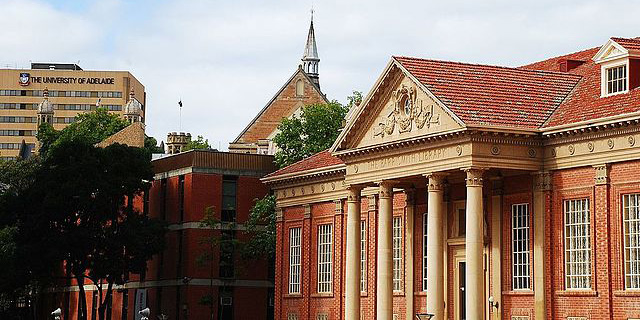





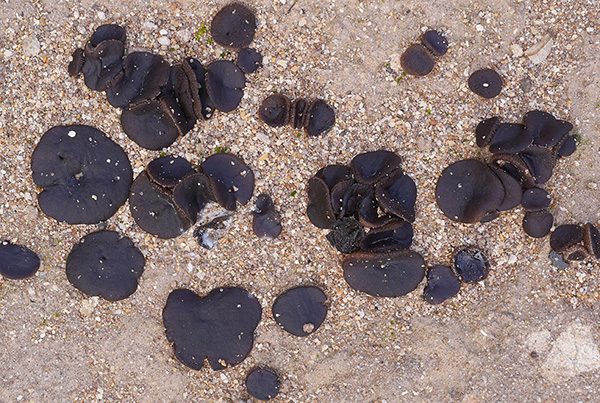
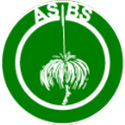
You must be logged in to post a comment.